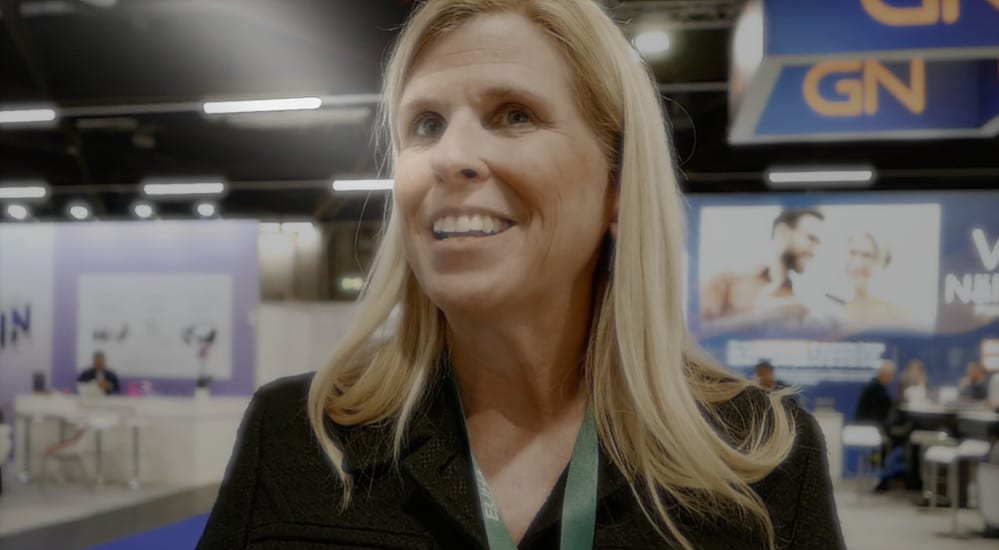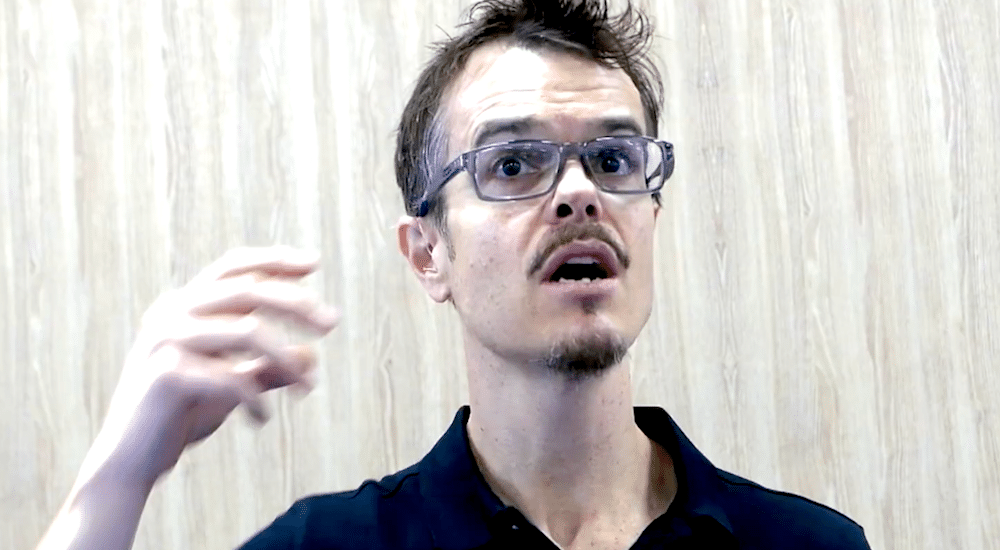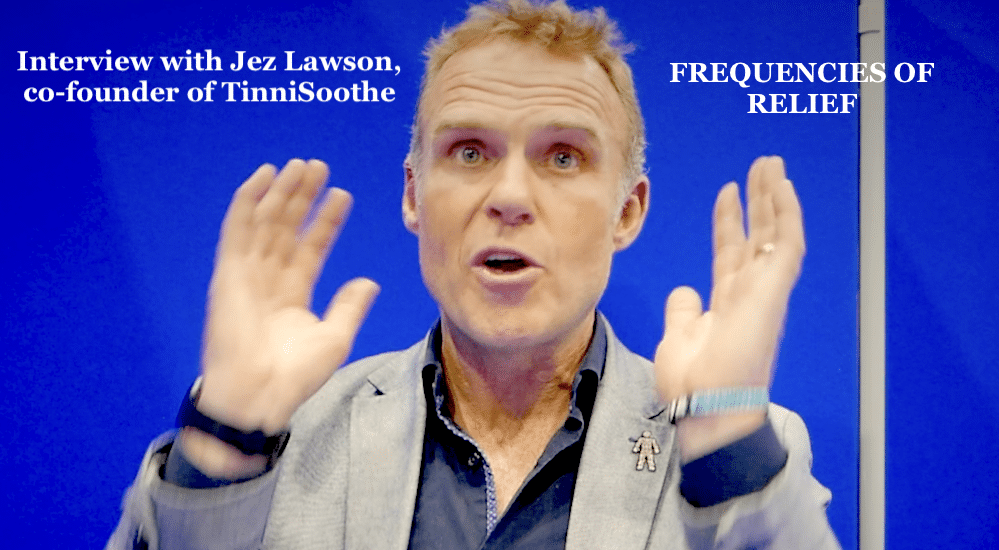Patent applications on the rise: Samsung’s vision
Patents
Large consumer electronics companies are filing increasing numbers of patents, including in the area of hearing rehabilitation and sound, potentially providing extra competition for the Big 6.

Korea’s Samsung has hundreds of US patents published regularly. Most concern consumer electronics and household appliances, but some show an interest in new areas, including audiology.
HearingHealthMatters.org recently reports on two examples of this trend that include awarded patent #9426591 and patent #9420381.
The first of these (#9426591) includes a claim with a ‘portable terminal,’ ‘sound detector’ and ‘body area network’. The portable terminal seems to be quite simply a smartphone, and the in-ear components could be hearing aids that communicate with each other wirelessly. According to the patent, they are a universal sound detector consisting of a “sensing unit which senses first hearable data (…) and second hearable data”.
The second (#9420381) provides a glimpse of Samsung’s vision of hearable sound and perhaps more. The claim includes “Multimedia playing apparatuses and methods of measuring hearing characteristics of a user and outputting a sound modulated according to the hearing characteristics of the user”.
The system makes use of any multimedia playing apparatus (TV, PC, projector, DVD, video game, and/or other device), and includes a sound output unit configured to “acquire hearing characteristics of a user based on the user response, and determine an output level and/or an output time of the sound for each of [the] frequency bands based on the hearing characteristics of the user”. In addition, there’s a user interface and a processor that calculates a hearing loss level for each determined frequency band and determines an output level for the sound.
 Acknowledgement: By mutual agreement, this article is based on a post written by Holly Hosford-Dunn on the website Hearing Health Matters, published on October 18, 2016.
Acknowledgement: By mutual agreement, this article is based on a post written by Holly Hosford-Dunn on the website Hearing Health Matters, published on October 18, 2016.
 Sign in
Sign in

